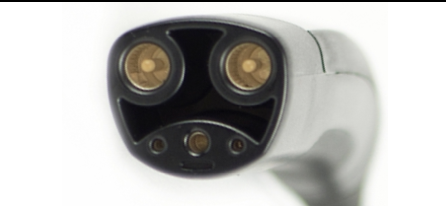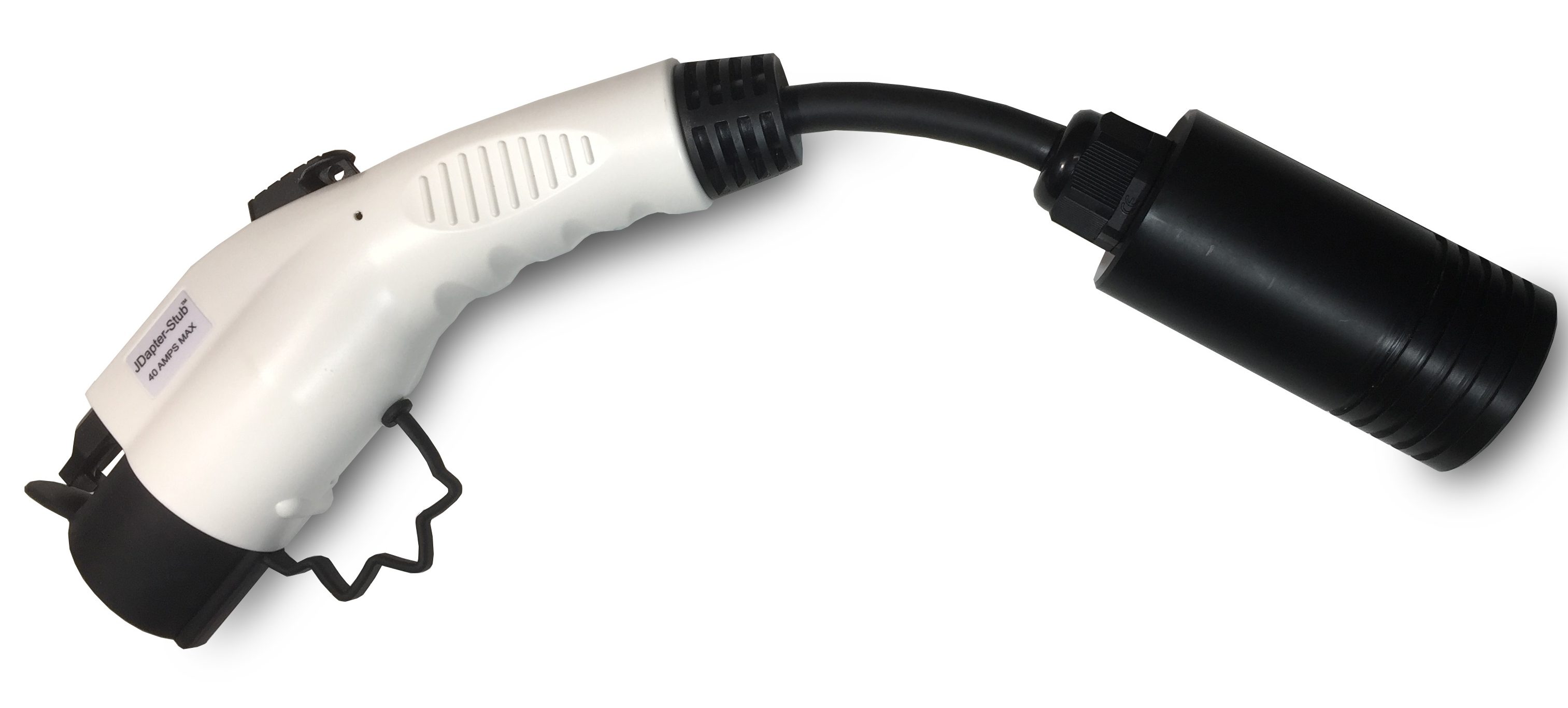My station is outside, as I wanted to list it on Plugshare; picture, above; Adding a charger to my 100 amp panel. The HPWC and NEMA 14-50 are both 240 volt, 40 amp rated. It does make it a lot easier for vehicles other than your own, to charge there.
As mentioned by @MD-2000 you can look at a NEMA14-50 plug, but you are limited to 32 amps using the UMC adapter. The Tesla HPWC will give you up to 48 amps (hardwired) or up to 40 amps, if you wire on a 14-50 male plug to the input ( not recommended unless you know what you are doing). The HPWC is made for your Tesla, with a charge port open button, but will not charge any other EV's. It's competitively priced with other EVSE
Should you have another EV in the family (or perhaps in the future ), you may wish to consider a J1772 EVSE. Lots of choices - Chargepoint, Flo, Juicebox are a few examples. Most of these are available in 30 and/or 40 amp models. Flo and Juicebox are Canadian made. You can use these with the J1772 adapter that comes with all Tesla models. Other EVs will also be able to use it.
As mentioned above, there may be some electrical restrictions, especially if the service is 100 amps. I do recommend hiring a licensed electrician for any installation - inside or outside
Thank you. At the moment we also have a ehybrid Cayenne in the family but we just use adapter that plugs into the Tesla charger. It charges much faster obviously than the one that comes with the Porsche.
As I mentioned, I have a 14-50 plug in my garage. Some people use this for a welder if that's what you do for fun; some use it also with a stove, if you cook things so spicy it's better to add fragrance to the neighbourhood than your indoors. And others, like me, just use it to charge your car.
The portable charger you'd get with the car comes with an assortment of plugs (sold separately) as discussed in this thread; a 14-50 plug allows for some serious current, although Model 3's are limited to 48A continuous. You can just use this, or you can invest in a Tesla wall charger - either hard wire it, or do what I did and make it a plug-in appliance. This allows me to use either charger, should the need present itself.
the wall chargers can be programmed to a max current draw, so you do not exceed the circuit breaker standard. The portable charger, I think, gets its "max" from the plug adapter used or you can set the max on your vehicle.
Location only matters for convenience. If you will have visitors who may need to charge, locate the charger where it can reach your vehicle or the visitor without doing the EV Shuffle to reach the other vehicle. Plus, some people in our neighbourhood park outdoors. The purpose of a garage in 50% of the cases is to store junk. However, the colder the climate, the more even an unheated garage is appreciated.
So obviously, the other consideration - is there a 240V plug0in in the garage? If so, what Amperage? If not, how far from the electrical panel to the charger location? How easy to run a big wire (i.e. attached garage or do you have to trench? Do you have to drill through a concrete foundation?) Then, is there room on the panel for a 50A circuit breaker? Will the building accommodate an extra 40A draw? (Unless you have electric heat on a 100A panel, the answer is probably yes - since you would generally schedule your charging for overnight. When the parents visit, simply don't do dryer and dishwasher while they are charging during the day, and avoid having multiple plug-in room heaters going)
perhaps someone more local can talk about hydro billing options, which I understand are no fun in Ontario...
Thank you.




